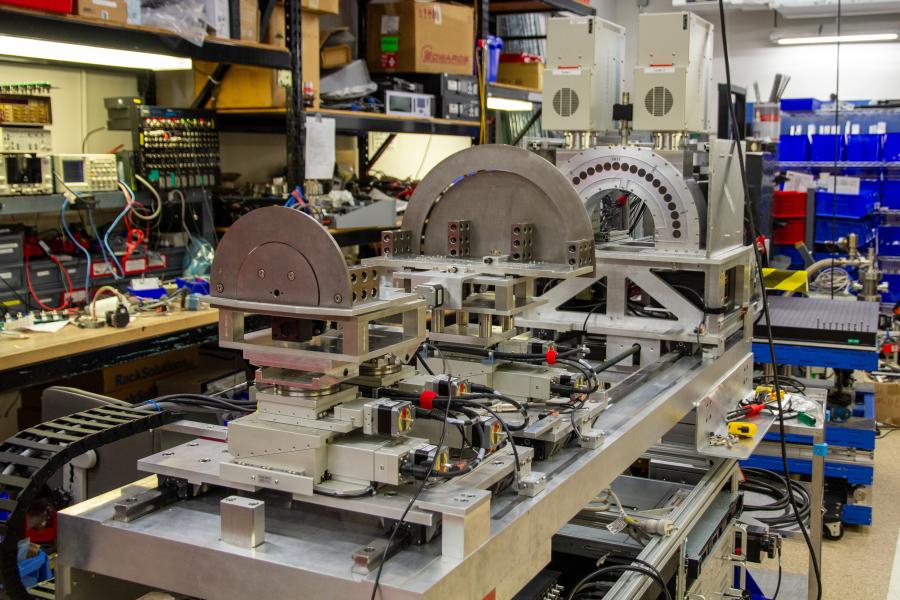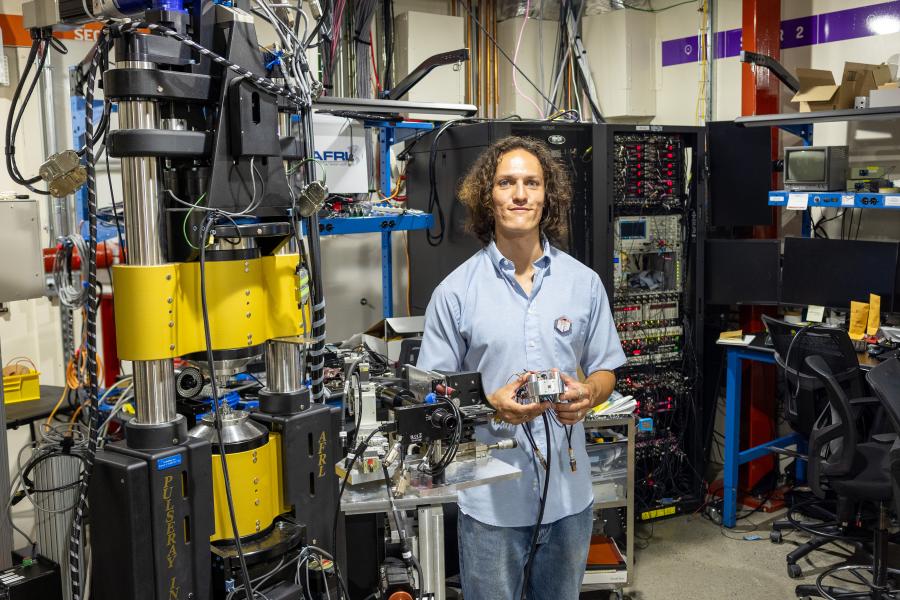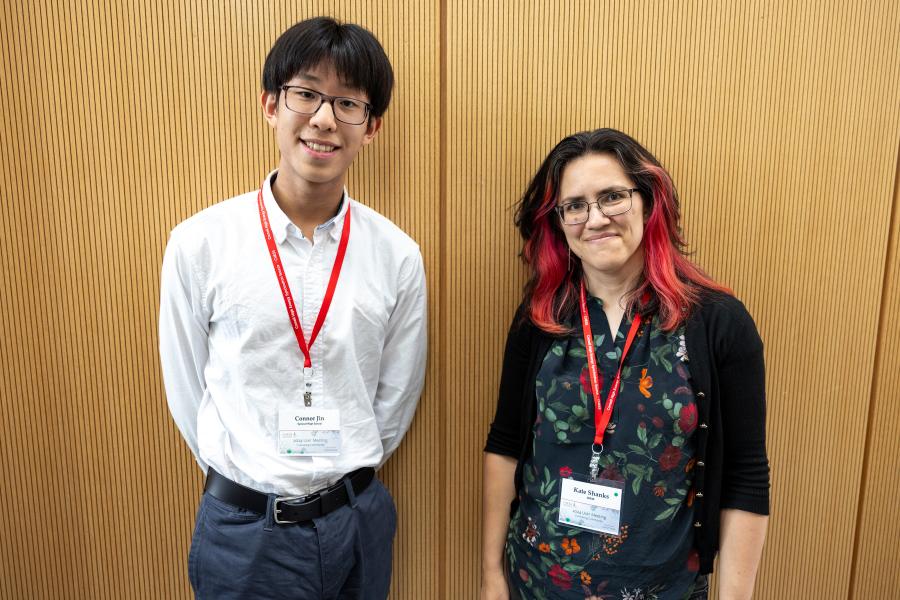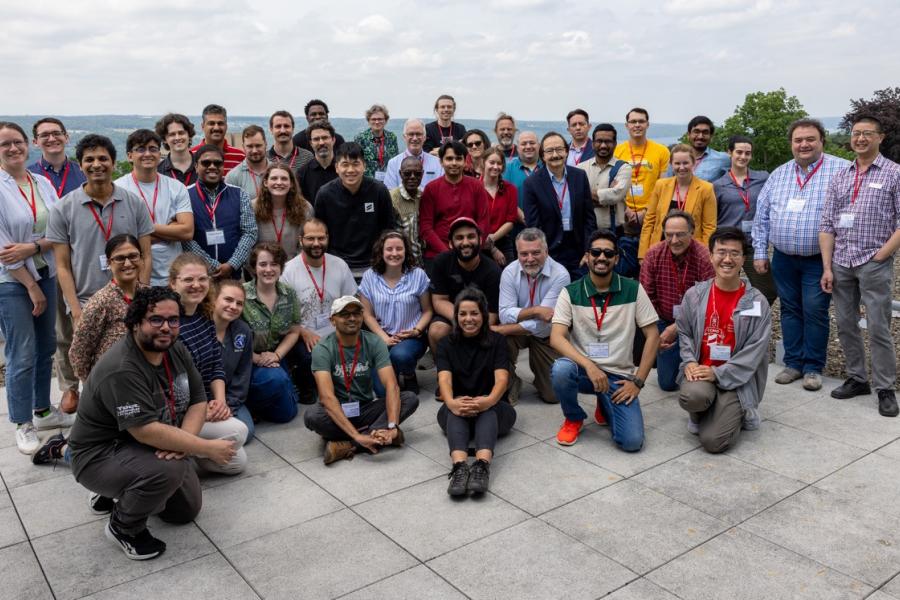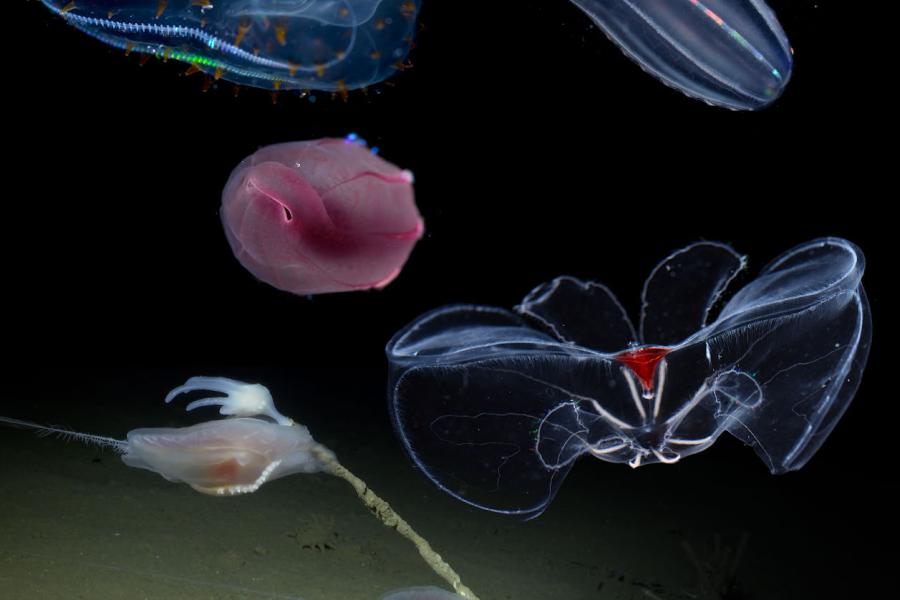Sidebar Menu (View Pages)
- Status
- ⌃ Science
- ⌃ Users
- ⌃ Facilities
- ⌃ Public
- Industry
- ⌃ About
Tags
Featured
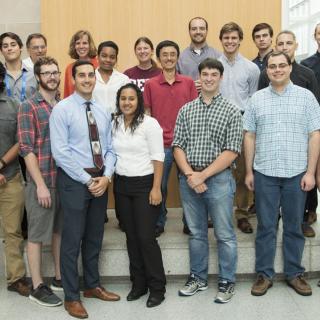
Summer research programs intrigue diverse students
Visiting students representing the next generation of physicists got a taste of life as a researcher during a pair of eight-week summer programs hosted by the Cornell Laboratory for Accelerator-based Sciences and Education (CLASSE).
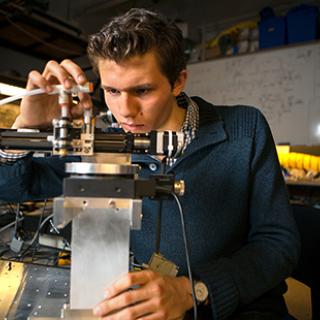
Ambitious first-year students catch the research bug
As a precocious high school junior, Arthur Campello ’20 wanted to get some experience with his 3-D modeling and coding skills outside the classroom.

